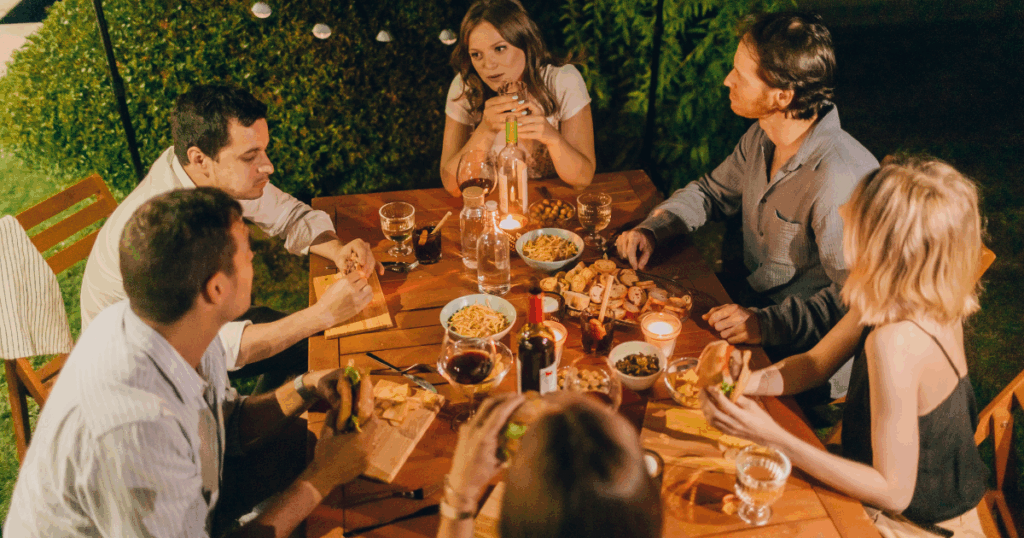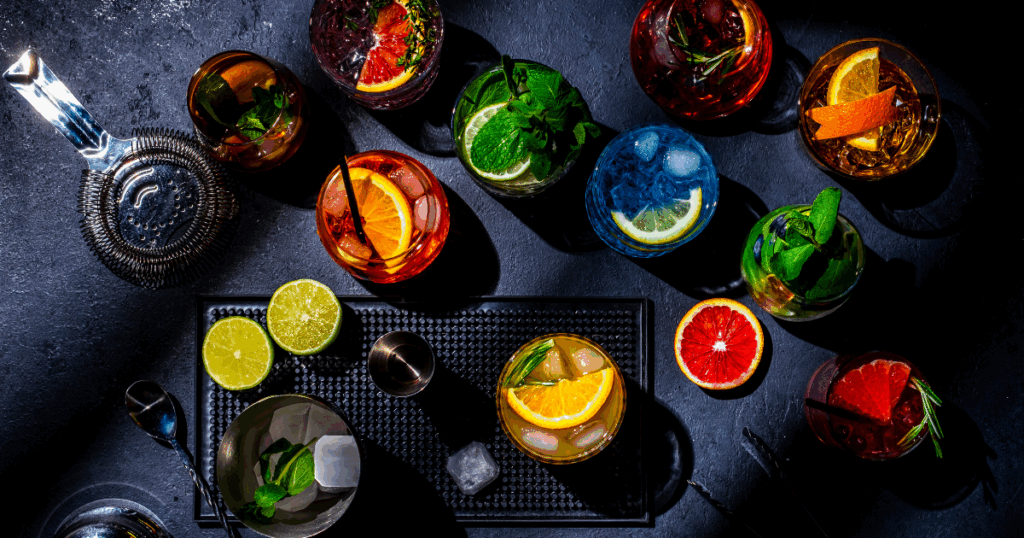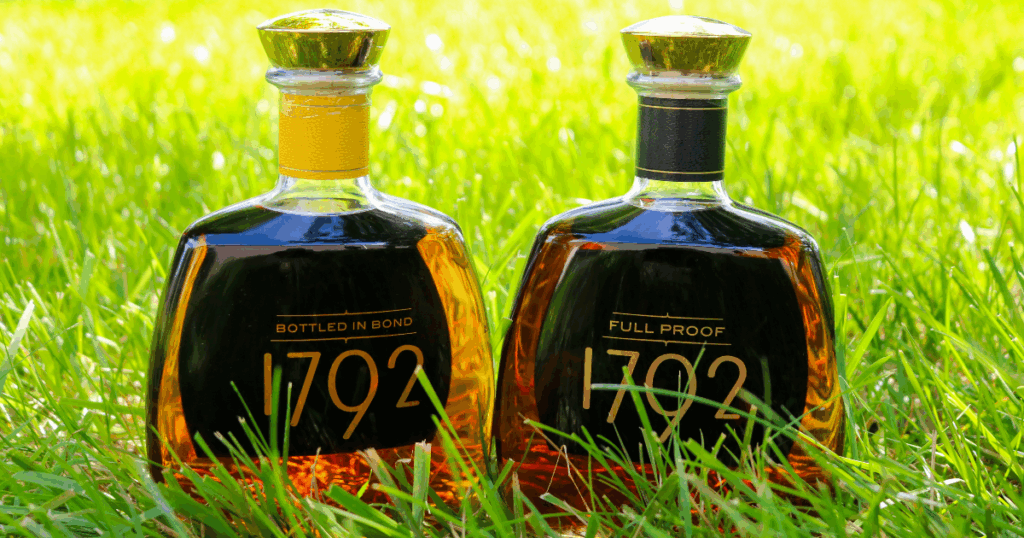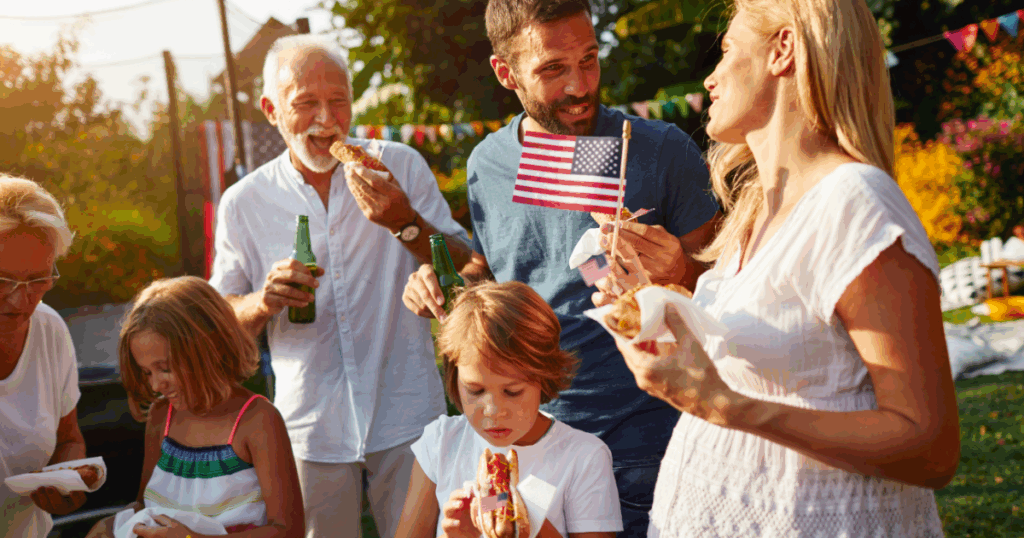-
Table of Contents
- Exploring the Impact of Barrel Aging on Whiskey Flavor Profiles: A Deep Dive into Oak Influence and Taste Development
- The Science of Whiskey Aging: Understanding How Barrel Flavors Transform During the Aging Process
- Mastering the Art of Whiskey Aging: Techniques for Enhancing Oak Influence and Perfecting Taste Development
- Q&A
The art of whiskey aging is a crucial process in the production of whiskey that significantly impacts its flavor profile. When whiskey is distilled, it is a clear liquid with a relatively harsh taste. The aging process, which takes place in barrels, is responsible for both mellowing the spirit and imparting a range of complex flavors, colors, and aromas that are characteristic of the final product.
The interaction between the whiskey and the barrel during aging is a dynamic relationship influenced by several factors, including the type of wood used for the barrel, the previous contents of the barrel (if any), the environment in which the barrel is stored, and the duration of aging. Oak is the most commonly used wood for whiskey barrels due to its optimal balance of strength, workability, and porousness, which allows for the exchange of air and the development of desirable flavors.
As whiskey ages, it absorbs compounds from the wood, such as lignin, vanillin, tannins, and hemicellulose, which break down over time to yield vanilla, caramel, and spicy notes. The charred interior of the barrel also plays a significant role in the aging process, as it acts as a filter that removes impurities and contributes to the complexity of the whiskey’s flavor.
Temperature fluctuations in the aging environment cause the whiskey to expand and contract within the barrel, further enhancing the interaction between the spirit and the wood. This process, known as the “angel’s share,” results in the evaporation of some of the whiskey, concentrating the flavors left behind.
Overall, barrel aging is an essential and intricate part of whiskey production that transforms a raw spirit into a smooth, flavorful, and nuanced beverage enjoyed by connoisseurs around the world.
Exploring the Impact of Barrel Aging on Whiskey Flavor Profiles: A Deep Dive into Oak Influence and Taste Development
The Art of Whiskey Aging: How does the barrel aging impact the flavor
Whiskey, a spirit steeped in tradition and savored by connoisseurs worldwide, owes much of its complex flavor profile to the intricate process of aging. The journey from clear, potent distillate to a rich, amber-hued whiskey is largely influenced by the barrels in which it matures. This transformative period, often spanning years or even decades, is where the magic of flavor development occurs, with oak playing the starring role.
At the heart of whiskey aging is the barrel, typically crafted from oak, a wood prized for its unique properties that contribute to the taste and character of the final product. Oak is not just a vessel for storage; it’s an active participant in the maturation process. The interaction between the wood and the whiskey is a delicate dance of chemistry and time, resulting in a symphony of flavors that are impossible to replicate without this aging stage.
As whiskey ages, the oak imparts a range of flavors, from vanilla and caramel to spices and fruit notes. These flavors come from the wood’s natural compounds, such as lignin, which breaks down into vanillin, giving whiskey its characteristic vanilla scent. Tannins, another group of compounds, add astringency and complexity, while lactones contribute creamy, coconut-like flavors. The charred interior of the barrel, a result of the barrel-making process, also plays a crucial role. The char acts as a filter, removing impurities and mellowing the spirit, while also encouraging the extraction of flavorful compounds.
Temperature fluctuations within the aging environment further influence the whiskey’s development. As seasons change, the wood expands and contracts, allowing the whiskey to seep into the barrel’s pores and then back out, picking up flavors along the way. This breathing process is essential for the maturation of the spirit, as it facilitates the interaction between the whiskey and the oak.
The length of time a whiskey spends in the barrel is also a determining factor in its flavor profile. Generally, the longer the aging, the more pronounced the influence of the wood. However, aging is not a process that can be rushed or extended indefinitely. There is a delicate balance to be struck, as too much time in the barrel can lead to an overpowering oakiness, masking the subtle nuances of the whiskey.
Moreover, the type of oak used can vary, with American oak being popular for its sweet, vanilla notes, and European oak offering spicier, darker fruit flavors. The previous contents of the barrel, such as sherry or bourbon, can also impart additional layers of flavor, creating a more complex and nuanced whiskey.
In essence, the art of whiskey aging is a testament to the importance of patience and craftsmanship. The barrel serves as a canvas where time and nature collaborate to paint a masterpiece of taste. Each barrel, with its unique history and characteristics, contributes to the individuality of every batch of whiskey. As enthusiasts explore the world of whiskey, they come to appreciate the profound impact that barrel aging has on the flavor, making each sip a reflection of the intricate process that transforms a simple spirit into a work of art.
The Science of Whiskey Aging: Understanding How Barrel Flavors Transform During the Aging Process
The Art of Whiskey Aging: How does the barrel aging impact the flavor
Whiskey aging is an intricate dance between spirit and wood, a process steeped in tradition and scientific intricacies. The transformation that occurs within the walls of a barrel is nothing short of alchemy, as the raw, fiery liquid mellows into a complex, nuanced spirit. The journey from clear, unaged whiskey to a richly flavored amber elixir is a fascinating tale of chemistry, time, and craftsmanship.
At the heart of whiskey aging lies the barrel, not merely a container but an active participant in the flavor development. The type of wood chosen for the barrel plays a pivotal role in shaping the whiskey’s final profile. American oak is commonly used for its tight grain and ability to impart a warm, vanilla sweetness, while European oak offers spicier, more robust notes. The wood’s previous use also influences the whiskey; for instance, barrels that once held sherry or bourbon can donate hints of dried fruit or caramel to the aging spirit.
As whiskey ages, it undergoes a series of complex interactions with the barrel. The charred interior of the cask, created by setting the wood alight for a brief period, acts as a natural filter, removing impurities and contributing to the whiskey’s smoothness. This char layer also catalyzes the breakdown of lignin, a wood component, into vanillin, infusing the whiskey with its characteristic vanilla flavor.
Temperature fluctuations within the aging environment cause the whiskey to expand and contract, pushing it in and out of the wood’s pores. This “breathing” process enables the spirit to extract a symphony of flavors from the wood, including caramel, toffee, and various spices. The longer the whiskey remains in contact with the wood, the deeper and more intricate these flavors become.
Oxygen plays a crucial role in the aging process as well. Over time, it interacts with the whiskey, promoting oxidation and the gradual development of new flavor compounds. This oxidative maturation can round off harsh edges and introduce fruity or nutty characteristics that add layers of complexity to the final product.
The aging process is not without its trade-offs, however. The so-called “angel’s share” refers to the portion of whiskey that evaporates through the barrel over time, a sacrifice to the heavens that can amount to a significant volume loss. However, this evaporation concentrates the flavors within the remaining liquid, often resulting in a more intense and richly flavored whiskey.
It’s important to note that aging is not a process that can be rushed or standardized. Each barrel of whiskey ages at its own pace, influenced by its environment, the wood’s characteristics, and the distiller’s intentions. Master distillers must carefully monitor and taste the aging whiskey, deciding when it has reached its optimal flavor profile. This decision is as much an art as it is a science, requiring a keen palate and years of experience.
In conclusion, the barrel aging of whiskey is a transformative journey that turns a simple grain spirit into a complex and desirable drink. The interplay between the wood and the whiskey during the aging process is a delicate balance of chemistry and craft, resulting in a beverage that is as much about the passage of time as it is about the ingredients from which it’s made. The next time you savor a glass of aged whiskey, take a moment to appreciate the art and science that has shaped its every sip.
Mastering the Art of Whiskey Aging: Techniques for Enhancing Oak Influence and Perfecting Taste Development
The Art of Whiskey Aging: How does the barrel aging impact the flavor
Whiskey aging is an intricate dance between spirit and wood, a process steeped in tradition and refined by time. The transformation that occurs within the walls of an aging barrel is nothing short of alchemy, turning clear, potent new-make spirit into a complex, amber-hued elixir. The barrel aging not only impacts the flavor but also contributes to the character and soul of the whiskey.
At the heart of this transformation is the oak barrel, the vessel in which whiskey matures. Oak is the preferred wood for whiskey aging due to its unique composition of compounds that impart a wide range of flavors to the spirit. Lignin, for instance, breaks down to give vanilla notes, while tannins provide astringency and structure. Additionally, hemicellulose releases sugars that caramelize under heat, contributing to the sweet, toasty flavors often found in aged whiskey.
The journey of flavor development begins the moment the new-make spirit kisses the barrel. The charred interior of the barrel, a result of a deliberate burning process, plays a pivotal role in the aging process. This char layer acts as a filter, removing impurities and undesirable flavors from the whiskey, while also enabling the spirit to extract more of the wood’s character. As the whiskey penetrates the charred wood, it begins to draw out the rich tapestry of flavors that oak has to offer.
Temperature fluctuations are another critical aspect of whiskey aging. As seasons change, the wood expands and contracts, allowing the whiskey to move in and out of the wood’s pores. This natural ebb and flow enable the spirit to breathe, absorbing oxygen and undergoing a series of chemical reactions that mellow its harshness and enhance its complexity. The warmer the climate, the more active this exchange becomes, often accelerating the aging process and intensifying the influence of the oak.
The length of time a whiskey spends in the barrel is also a determining factor in its final flavor profile. Over time, the interaction between the spirit and the wood deepens, with longer aging periods typically yielding more pronounced oak characteristics. However, there is a delicate balance to be struck, as excessive aging can lead to an overpowering woodiness that masks the subtler notes of the whiskey.
Master distillers employ various techniques to maximize the oak’s influence and perfect the taste development of their whiskey. Some opt for smaller barrels to increase the surface area contact between the spirit and the wood, thus intensifying the exchange of flavors. Others may choose to age their whiskey in barrels that have previously held different types of spirits or wines, imparting additional layers of complexity and nuance.
Furthermore, the choice of oak species can significantly affect the final outcome. American oak, with its sweeter, more vanilla-driven profile, is commonly used in bourbon production, while European oak, which tends to impart spicier and more tannic notes, is favored for certain Scotch whiskies.
In essence, the art of whiskey aging is a testament to the power of patience and the virtues of time. Each barrel of whiskey is a living, breathing entity, evolving and maturing until it reaches its peak. The careful curation of this process by skilled artisans ensures that each bottle tells a story—a story written in the language of oak, whispered over years, and savored in every sip.
Q&A
1. **Question**: How does the type of barrel affect whiskey flavor?
**Answer**: The type of barrel affects whiskey flavor through the wood’s species, previous use, and char level. Oak is commonly used, with American white oak imparting vanilla and caramel notes, while European oak can add dried fruit and spice flavors. Barrels that previously held sherry, bourbon, or wine can impart complex fruit, nut, and wine-like notes. The char level of the barrel creates a layer of carbon that filters the spirit and adds smoky, toasty, and vanilla flavors due to the breakdown of wood compounds.
2. **Question**: What role does the aging process play in the development of whiskey flavors?
**Answer**: The aging process allows the whiskey to interact with the wood, leading to the extraction of flavors, colors, and tannins. Over time, chemical reactions occur, such as oxidation and esterification, which develop and enhance flavors, mellow harshness, and create a smoother, more complex profile. Fluctuations in temperature and humidity during aging cause the whiskey to expand into and contract out of the wood, intensifying this interaction.
3. **Question**: How does the environment where the barrels are stored influence the whiskey’s final taste?
**Answer**: The environment, including temperature, humidity, and climate, influences the rate of maturation and the flavor profile. Warmer climates can accelerate aging, leading to faster extraction of flavors but also increased evaporation (the “angel’s share”), which can concentrate flavors. Cooler climates slow down these processes, potentially resulting in a more gradual and nuanced flavor development. Humidity affects the type of angel’s share loss (water vs. alcohol) and can influence the dryness or sweetness of the final product.The barrel aging process significantly impacts the flavor of whiskey. As whiskey ages in barrels, it undergoes chemical reactions that contribute to its complexity, color, and taste. The wood of the barrel imparts various flavors such as vanilla, caramel, and spices due to the release of compounds like lignin, tannins, and lactones. The charred interior of the barrel also plays a role in filtering out unwanted flavors and adding smoky notes. Additionally, the expansion and contraction of the wood caused by temperature fluctuations allow the whiskey to breathe, which leads to oxidation and the development of new flavor compounds. Over time, the interaction between the whiskey and the barrel creates a unique and rich flavor profile that is impossible to achieve without the aging process.






